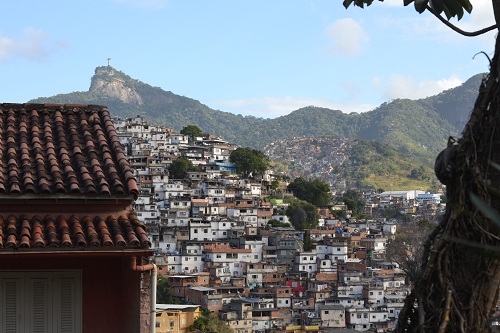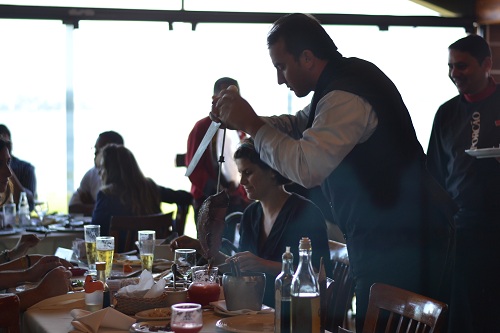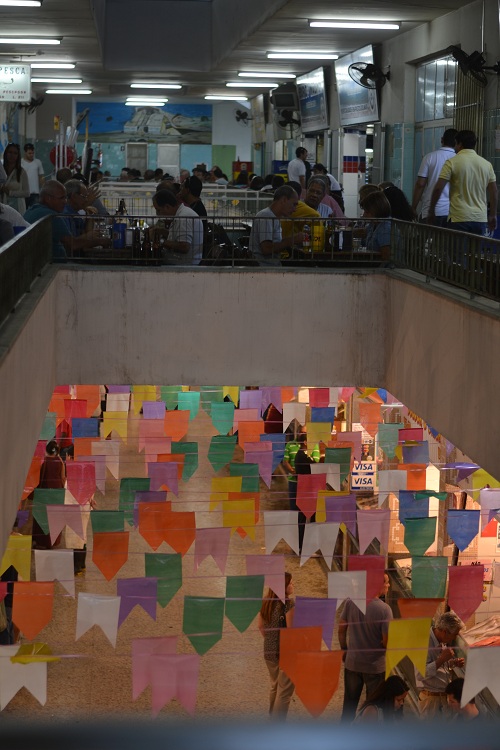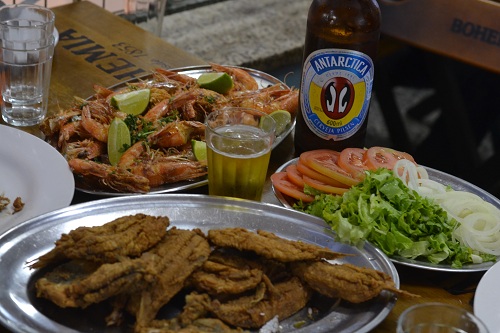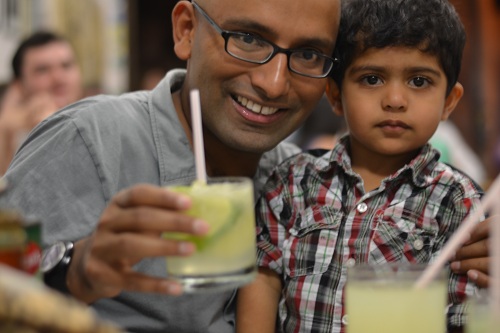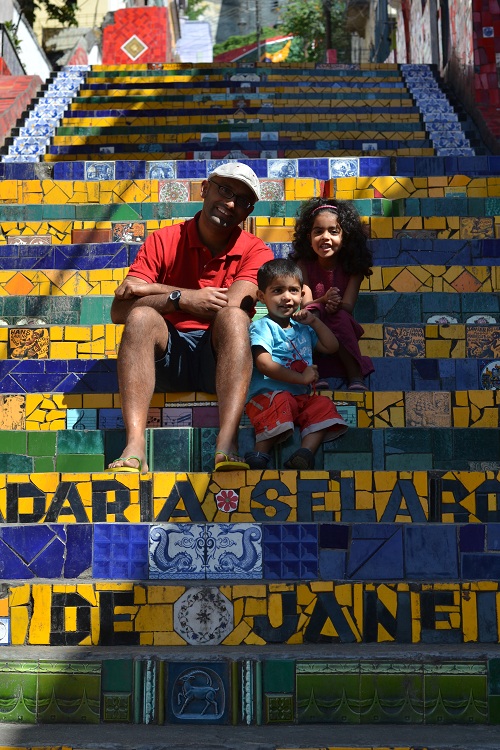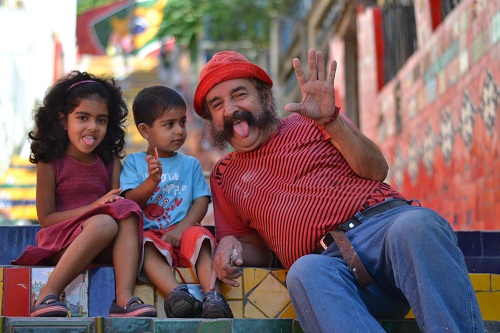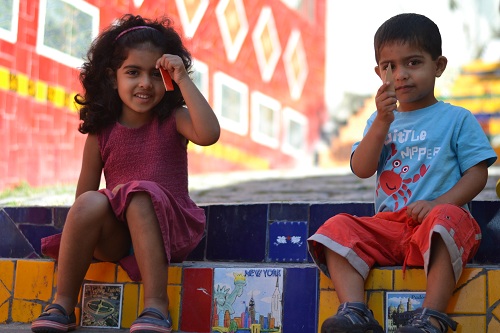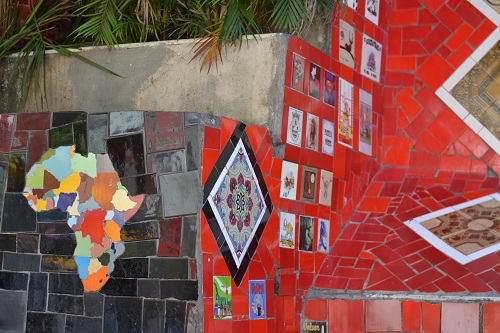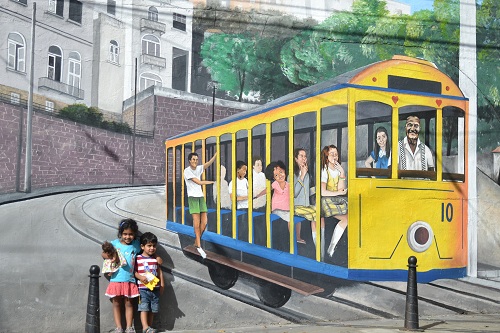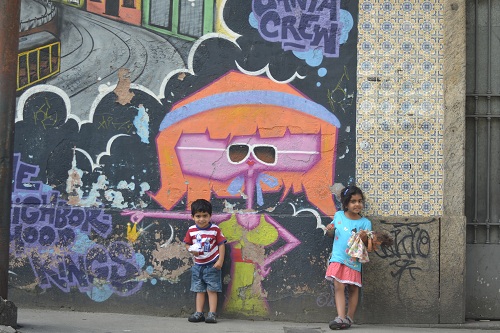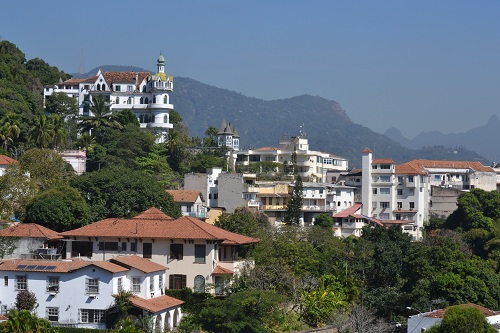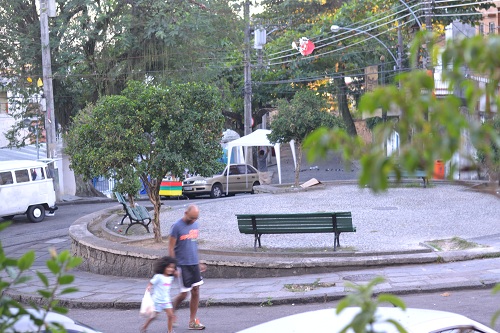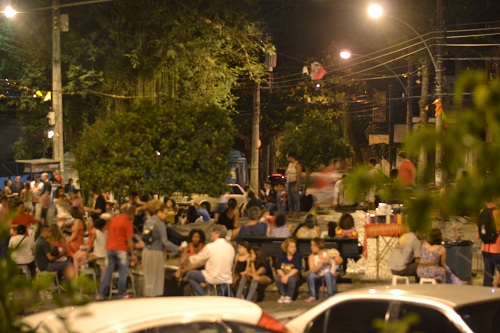We’re closing out our two weeks in Rio de Janeiro, a city that was added to our around the world journey on a whim and as the last stop before we return to NYC. We didn’t know much about Rio other than it had exotic beaches, caiparinhas and great music. What we learnt is that Rio is undervalued.
Apparently we aren’t the only ones enamored by Ciudad Marvelosa (Marvelous City). In July 2012, UNESCO added “Rio de Janeiro: Carioca Landscapes Between the Mountains and the Sea” on its list of World Heritage Sites. That’s essentially the entire city. We don’t blame UNESCO. It’s hard to pick just one aspect of Rio to call marvelous.
One of the most striking this to us was Rio’s landscape. Standing atop Corcovado, where Christo Redentor looms tall, the city is a dramatic mix of lush hills piercing blue oceans and white sands rubbing metropolitan shores.

Brazil opened up a new culinary frontier for us. We never considered Brazilian food as world-class but we now associate Rio with fresh seafood and sushi, perfectly succulent meats and ripe fruits of every variety. While we knew of Samba and Capoeira, we had to come here to appreciate what a central part music and art play in the lives of the everyday Rio. We witnessed several impromptu Samba parties and Capoeira practices from our apartment on Largos dos Neves in Santa Teresa. The neighborhood, young and old, comes out until the wee hours to hang out, relax and enjoy the warm Brazilian air. This video, taken outside our house last Friday evening at about 10 PM shows a group dancing Jonga, people working on their laptops, kids playing around (ok, those are our kids), as well as pop-up caiparinha and grill stalls.
The atmosphere in Rio is the most relaxed of any large city we have visited thus far. Cariocas (people from Rio) take their meals seriously. Even coffee is enjoyed over a good dose of gossip. Importantly, Cariocas are proud of their heritage and city. It is a rare Carioca that speaks English and they make no apologies for it. Every Carioca is excited to show off their city to the world at the upcoming World Cup and 2016 Olympics. We’re not the first visitors to Rio and between the fame of its UNESCO recognition, the World Cup and the Olympics, the city will see a deluge of tourists over the next few years. Ordinarily, a tourist influx raises concerns that a city will lose its charms. However, with its gorgeous landscape and proud Cariocas we’re pretty sure that Cuidad Marvelosa will hold steadfast to its identity.
Rio – we surprised you by adding you to our around the world journey. Thanks for surprising us back.

